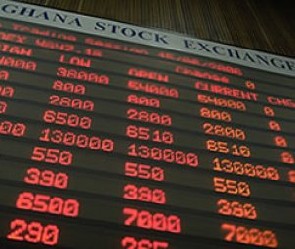 A “poisonous combination” of record debt and slowing growth suggest the global economy could be heading for another crisis, a hard-hitting report will warn on Monday.
A “poisonous combination” of record debt and slowing growth suggest the global economy could be heading for another crisis, a hard-hitting report will warn on Monday.
The 16th annual Geneva Report, commissioned by the International Centre for Monetary and Banking Studies and written by a panel of senior economists including three former senior central bankers, predicts interest rates across the world will have to stay low for a “very, very long” time to enable households, companies and governments to service their debts and avoid another crash.
The warning, before the International Monetary Fund’s annual meeting in Washington next week, comes amid growing concern that a weakening global recovery is coinciding with the possibility that the US Federal Reserve will begin to raise interest rates within a year.
One of the Geneva Report’s main contributions is to document the continued rise of debt at a time when most talk is about how the global economy is deleveraging, reducing the burden of debts.
Although the burden of financial sector debt has fallen, particularly in the US, and household debts have stopped rising as a share of income in advanced economies, the report documents the continued rapid rise of public sector debt in rich countries and private debt in emerging markets, especially China.
It warns of a “poisonous combination of high and rising global debt and slowing nominal GDP [gross domestic product], driven by both slowing real growth and falling inflation”.
The total burden of world debt, private and public, has risen from 160 per cent of national income in 2001 to almost 200 per cent after the crisis struck in 2009 and 215 per cent in 2013.
“Contrary to widely held beliefs, the world has not yet begun to delever and the global debt to GDP ratio is still growing, breaking new highs,” the report said.
Luigi Buttiglione, one of the report’s authors and head of global strategy at hedge fund Brevan Howard, said: “Over my career I have seen many so-called miracle economies – Italy in the 1960s, Japan, the Asian tigers, Ireland, Spain and now perhaps China – and they all ended after a build-up of debt.”
Mr Buttiglione explained how, initially, solid reasoning for faster growth encourages borrowing, which helps maintain growth even after the underlying story sours.
The report’s authors expect interest rates to stay lower than market expectations because the rise in debt means that borrowers would be unable to withstand faster rate rises. To prevent an even more rapid build-up in debt if borrowing costs are low, the authors further expect authorities around the world to use more direct measures to curb borrowing.
The report expresses most concern about economies where debts are high and growth has slowed persistently – such as the eurozone periphery in southern Europe and China, where growth rates have fallen from double digits to 7.5 per cent.
Although the authors note that the value of assets has tended to rise alongside the growth of debt, so balance sheets do not look particularly stretched, they worry that asset prices might be subject to a vicious circle in “the next leg of the global leverage crisis” where a reversal of asset prices forces a credit squeeze, putting downward pressure on asset prices.





